Find Nurseries, Explore Plants, Grow Your Garden
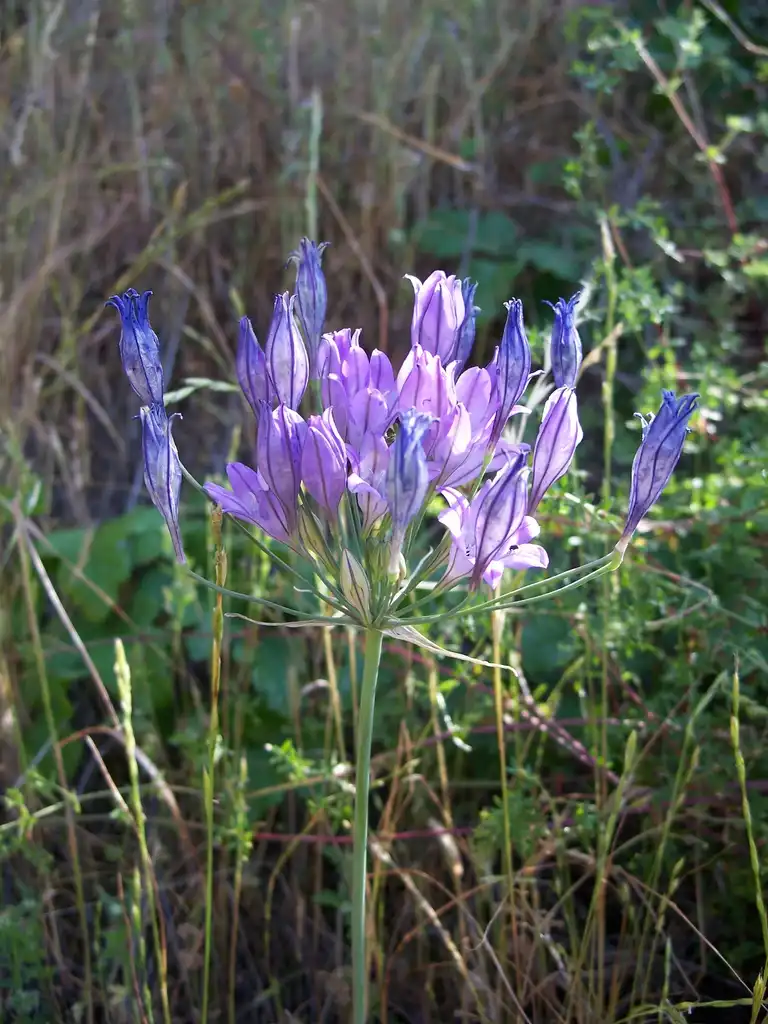 {
"id": 14554,
"slug": "triteleia-laxa_0",
"path": "",
"url": "images/plant/triteleia-laxa/triteleia-laxa_0.jpg",
"caption": "Flower and stem",
"caption_t": "{\"en\": \"Flower and stem\", \"es\": \"Flor y tallo\", \"hy\": \"Ծաղիկ և ցողուն\", \"ru\": \"Цветок и стебель\"}",
"attribution": "Eugene Zelenko",
"attribution_t": null,
"license_title": "CC BY-SA 4.0",
"license_url": "http://creativecommons.org/licenses/by-sa/4.0/legalcode",
"plant_id": 4202,
"created_at": "2025-01-01T23:12:37.000000Z",
"updated_at": "2025-01-01T23:12:37.000000Z"
}
{
"id": 14554,
"slug": "triteleia-laxa_0",
"path": "",
"url": "images/plant/triteleia-laxa/triteleia-laxa_0.jpg",
"caption": "Flower and stem",
"caption_t": "{\"en\": \"Flower and stem\", \"es\": \"Flor y tallo\", \"hy\": \"Ծաղիկ և ցողուն\", \"ru\": \"Цветок и стебель\"}",
"attribution": "Eugene Zelenko",
"attribution_t": null,
"license_title": "CC BY-SA 4.0",
"license_url": "http://creativecommons.org/licenses/by-sa/4.0/legalcode",
"plant_id": 4202,
"created_at": "2025-01-01T23:12:37.000000Z",
"updated_at": "2025-01-01T23:12:37.000000Z"
} Plant Profile: Triteleia laxa
Tritelia laxa, formerly Brodiaea laxa, is a species in a family of herbaceous perennials that are grown from bulbs or tubers. The plant is native to Northern California, where it is a considered a common wildflower, and can often be found in heavy soils, open forests, mixed conifer or foothill woodlands, and grasslands on clay soils.
The plant tolerates drought and grows well in rich, well-drained soils and sandy loams in full sun to part shade. Purple or blue flowers bloom in the early summer on a spray of small stalks atop a tall, leafless stem. For best results, provide the plant with consistent moisture spring to early summer; however, maintain a dry soil after blooming until the following spring.
The plant is cold hardy to Zone 6, but can overwinter in Zone 5 if sited in a protected south-facing location with mulch. Above Zone 5, you can grow the plant in containers that are moved to a dry area after bloom is completed to ensure the soil is dry. Bring the plant indoors in the fall to a cool, dry area with temperatures of 40 to 45 degrees F for the winter.
To plant from seed, sow 1/4 inch deep and thin to 3 to 5 seedlings if necessary by digging dormant cormlets and respacing. Note that when planted from seed, do not expect flowers for 2 to 3 years. To grow from bulbs, dig mature corms and divide, store the corms in a dry space at 70 to 77 degrees F. Plant the corms in the fall 3 to 5 inches deep to the base of the corm and space about 3 to 4 inches apart (9-10 bulbs per square foot).
Diseases, Insects, and Other Plant Problems:
No known issues.

Brodiaea, Grass, Grass Nut, Ithuriel's Spear, Long Rayed Triteleia, Pretty Face, Triplet Lily, Wild Hyacinth
try-TELL-ay-uh LAKS-uh
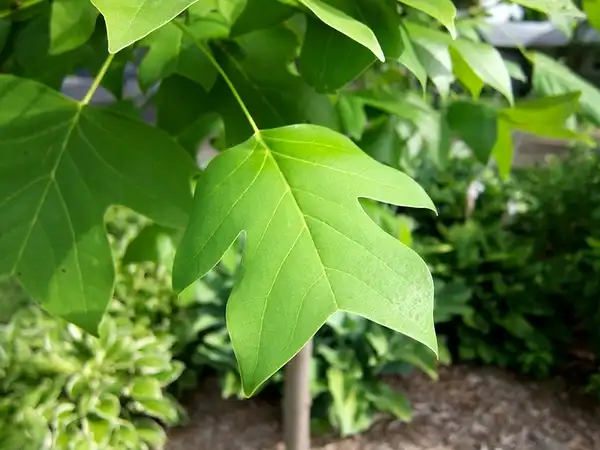
Liriodendron chinense
Best grown in moist, organically rich, well-drained loams in full sun. Tolerates part shade. May not be reliably winter hardy in the northern parts of USDA Zone 6.
Liriodendron chinense, commonly called Chinese tulip tree, is a fast-growing, columnar tree that typically grows to 50-70’ tall. It is named for its cup-shaped, tulip-like flowers (same family as magnolias) that bloom in late spring to early summer. This tree is very similar to Liriodendron tulipifera (native to eastern North America), except it is denser, slightly smaller, has smaller flowers without orange banding, has more deeply lobed leaves and is not as cold hardy. Cup-shaped flowers (to 1.5” long) are olive green with yellow at the base. Flowers begin blooming in May. Flowers can go unnoticed on large trees because the flowers appear after the leaves are fully developed. Sometimes the flowers are first noticed when the attractive petals begin to fall to the ground. Flowers are followed by dry, scaly, oblong, cone-shaped, brown fruit clusters, each bearing numerous winged seeds. Clusters disintegrate when ripe. Lobed bright green leaves turn golden yellow in fall.
No serious insect or disease problems. Watch for aphids, leaf miners, scale, mealybugs, and borers. Potential diseases include verticillium wilt, mold, powdery mildew, and canker. Large aphid infestations result in honeydew secretions on the leaves that provide the growing medium for sooty mold. Trees are fast-growing and somewhat weak wooded, making them susceptible to limb breakage in high winds or from ice/snow. Shallow root system limits the types of plants that may be grown within the drip line.
Large shade or lawn tree for large landscapes. Generally not recommended as a street tree.

Chinese Tulip Tree
leer-ee-oh-DEN-dron chi-NEN-see
Cornus sanguinea
It suckers freely to form a colony with its multi-stemmed a dense, twiggy habit. It is not a good candidate for a specimen plant rather use it in mass plantings. Because it suckers and has fibero
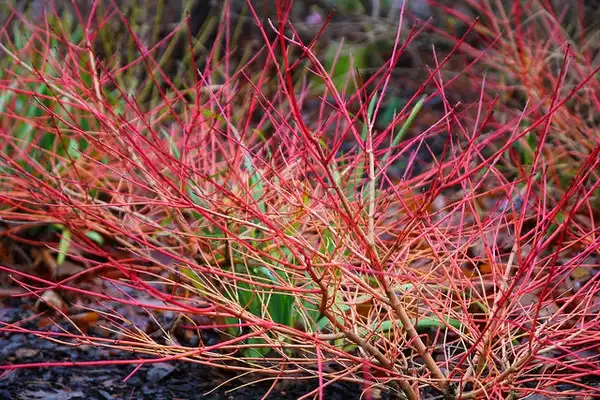
Bloodtwig Dogwood
Cornus \ sanguinea \ Cornaceae
Viburnum x rhytidophylloides
This semi-evergreen, broadleaved ornamental shrub has slightly arching branches. In its youth its habit is erect, but with age, it will becomes more mounded and spreading and grows 8-10 feet tall
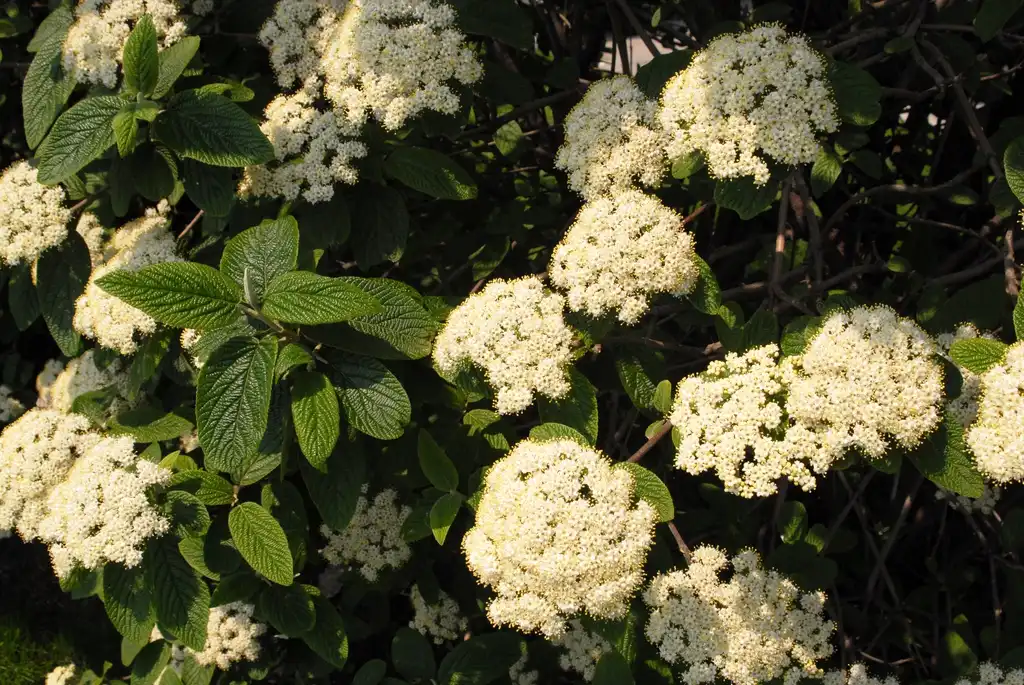
Lantanphyllum Viburnum
Viburnum \ \ Viburnaceae
Lonicera acuminata
Lonicera acuminata grows best in organically rich, medium to moist, well-drained soils in full sun to part shade. The plants will flower more profusely in full sun in cooler regions but regular moi
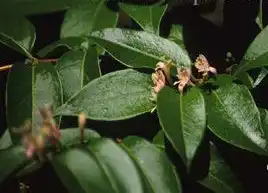
Fragrant Grove Honeysuckle, Henry's Honeysuckle, Vine Honeysuckle
Lonicera \ acuminata \ Caprifoliaceae
Prunella webbiana
Self-heal makes a lovely ground cover for moist shady areas. The cultivars are far superior to the seed grown, weedy species. 'Pink Loveliness' has pink flowers, and 'Little Red Riding Hood' had cr
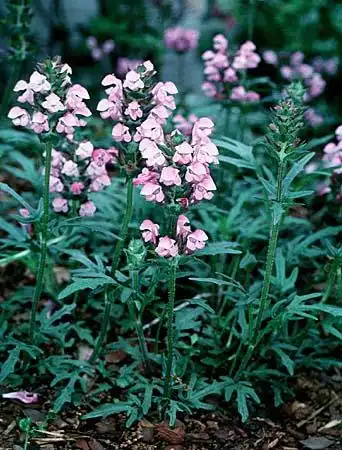
Self-heal
Prunella \ webbiana \ Lamiaceae
Schlumbergera truncata
This tough epiphytic succulent has showy flowers that bloom in the winter, usually around Thanksgiving, hence the most popular common name Thanksgiving Cactus. It is also known by many other commo
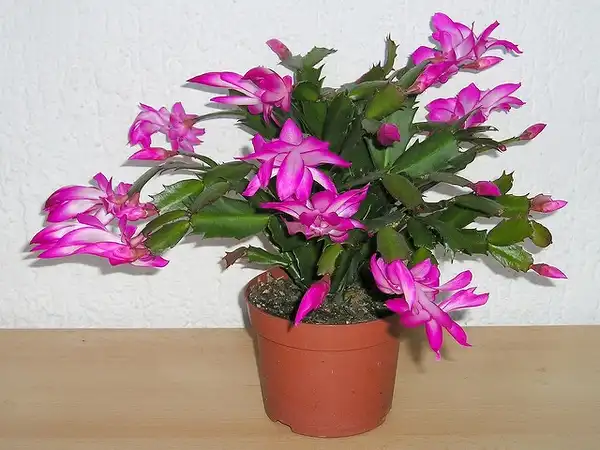
Christmas Cactus, Crab Cactus, False Christmas Cactus, Thanksgiving Cactus
Schlumbergera \ truncata \ Cactaceae
Subscribe
Subscribe to our newsletter. We deliver the best health related articles to your inbox